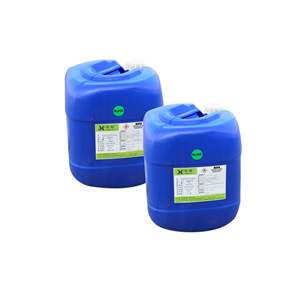浏览数: 11782作者:网站编辑 发布时间: 2022-04-29 来源:本站
After welding PCB surface residual dirty board?
1. No preheating or preheating temperature is too low before welding (dip welding, time is too short).
2. The board speed is too fast (the FLUX is not fully volatilized).
3. The temperature of the tin stove is not enough.
4. The tin liquid is caused by adding anti-oxidant or anti-oxidation oil.
5. Too much flux coating.
6. The component foot and the plate hole are out of proportion (the hole is too large) so that the flux rises.
7. When FLUX is in use, no diluent is added for a long time.
Big smoke, big smell?
FLUX itself is a problem
A, resin: if the smoke is larger with ordinary resin
B, solvent: here refers to the smell or irritating smell of the solvent used in FLUX may be larger
C, activator: large smoke, and pungent smell
2. The exhaust system is not perfect
Connection, leakage (poor insulation)?
1.PCB design is unreasonable, wiring is too close, etc.
2. PCB solder resistance film quality is not good, easy to conduct electricity.
On fire?
1. The wave peak furnace itself does not have an air knife, resulting in excessive flux coating, which drops onto the heating pipe during preheating.
2. The Angle of the air knife is not right (so that the flux is not evenly coated on the PCB).
3. There are too many adhesive strips on the PCB, which ignites the adhesive strips.
4. The speed of the board is too fast (FLUX is not completely volatilized,FLUX drops) or too slow (causing the hot temperature of the board to be too high).
5. Process problems (PCB plate is not good and the distance between the heating pipe and the PCB is too close).
Solder joints too bright or not bright?
1. This problem can be solved by selecting bright or dull FLUX);
2. The tin used is not good (such as: tin content is too low, etc.).
The color of FLUX?
Some colorless and transparent FLUX is added with a little light-sensitive additive, such additives
It changes color after exposure to light, but does not affect the welding effect and performance of FLUX;
Splatters, tin beads?
1. Engineering
A. Low preheating temperature (FLUX solvent is not completely volatilized);
B, the board speed is fast and does not achieve the preheating effect;
C, the chain Angle is not good, there are bubbles between the tin liquid and PCB, and tin beads are produced after the bubbles burst;
D, hand immersion tin operation method is improper;
E. The working environment is humid
2. Faults on the PCB
A, the board surface is wet, not fully preheated, or there is water generation;
B, the PCB air hole design is unreasonable, resulting in air between PCB and tin liquid;
C, the PCB design is not reasonable, the parts are too dense to cause air
A short circuit?
1. Short circuit caused by tin liquid:
A. Continuous welding occurred but was not detected.
B, the tin liquid has not reached the normal working temperature, and there is a "tin wire" bridge between the solder joints.
C, there is a small tin bead bridge between the solder joints.
D, the occurrence of welding that bridge.
2. PCB problems:
For example, the solder resistance film of the PCB itself falls off, resulting in short circuit
 Related article
Related article

ZG-552A is a lead zero halogen free cleaning needle solder paste, the product has good wettability, strong dry resistance, long shelf life at room temperature, bright and full solder joints, little residue after welding, transparent color and large insulation impedance, will not corroded PCB and other plates, can meet ……

ZG-988 is a lead-free, halogen-free solid solder paste with good wetting and climbing ability, full and bright solder joints and strong tin penetration. Products can adapt to a variety of processes, with long service life, very few bubbles; This product d

ZG-988-1 is a lead-free zero halogen free needle tube solder paste, good flow performance, strong welding force, little residue after welding, transparent color and has a large insulation impedance, will not corroding PCB and other plates, can meet the re

The 880B series products are designed for the solar crystalline silicon modules and peripheral products in accordance with the national standard GB/T9491-2002, the international standard ANSIJ-STD-004, the German industrial standard DIN1707 and the Japane

The 8000T8 series is a washable lead-free flux specially designed for solar crystalline silicon modules and their peripheral products, in accordance with the national standard GB/T9491-2002, the international standard ANSI/J-STD-004, the German industrial

Good weldability, low solid content.Use deionized water as solvent, no combustion.Easy to store, transport.Does not affect the health of the operator.Little harm to the environment.